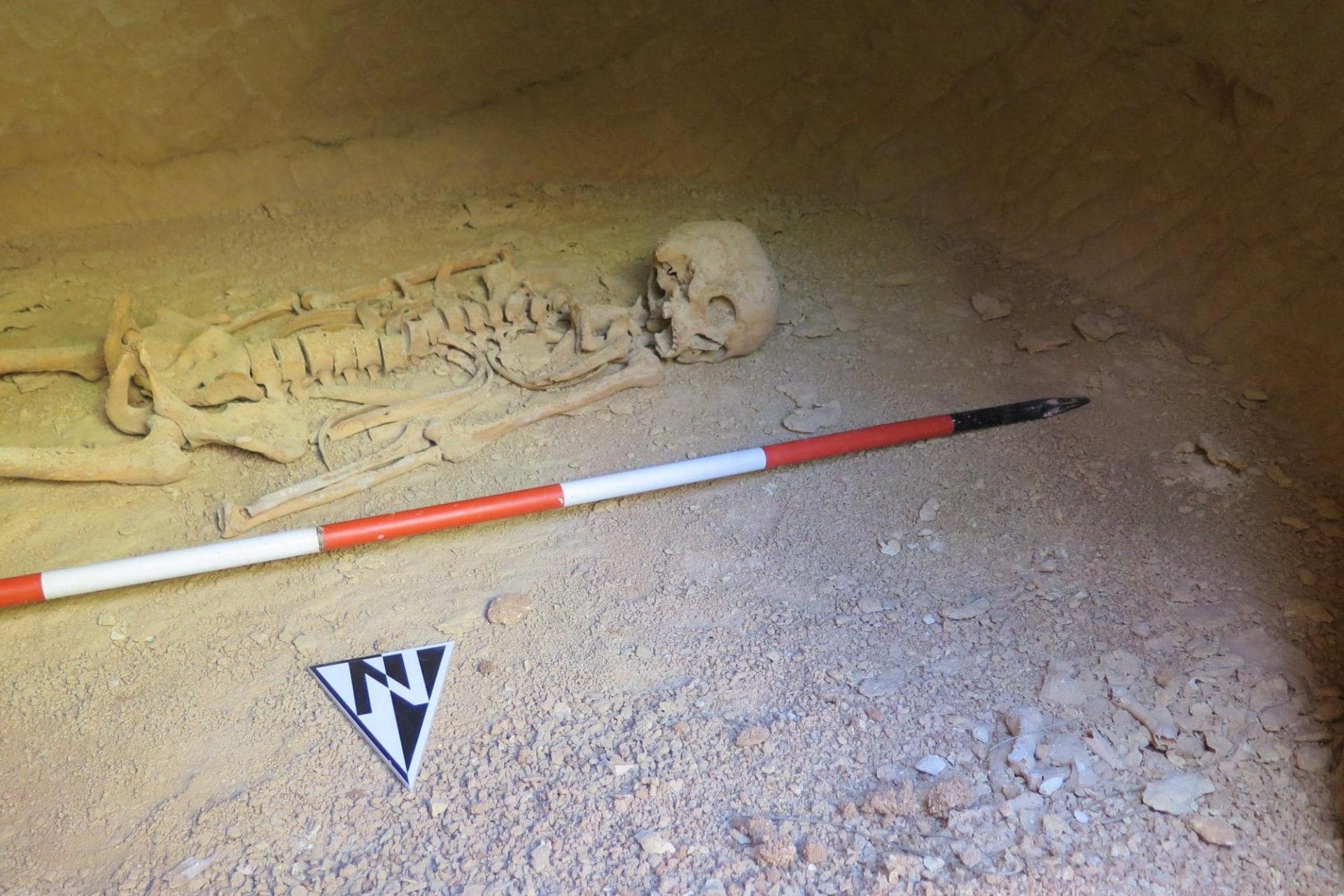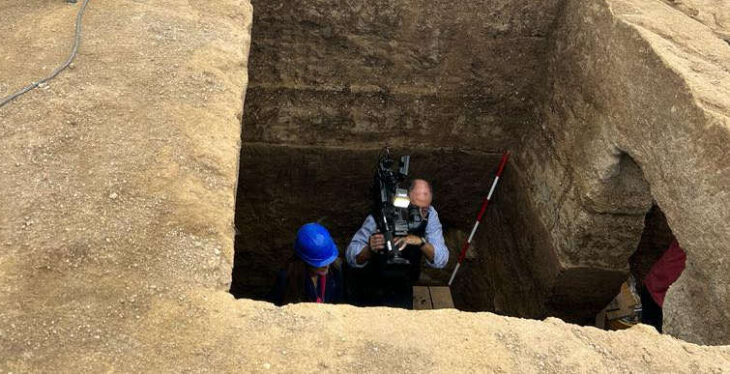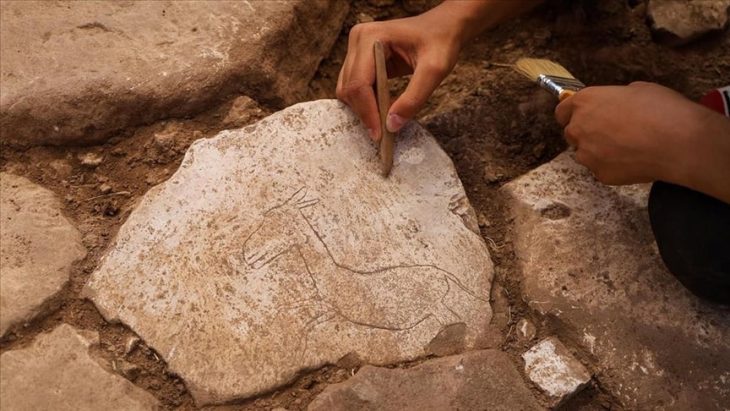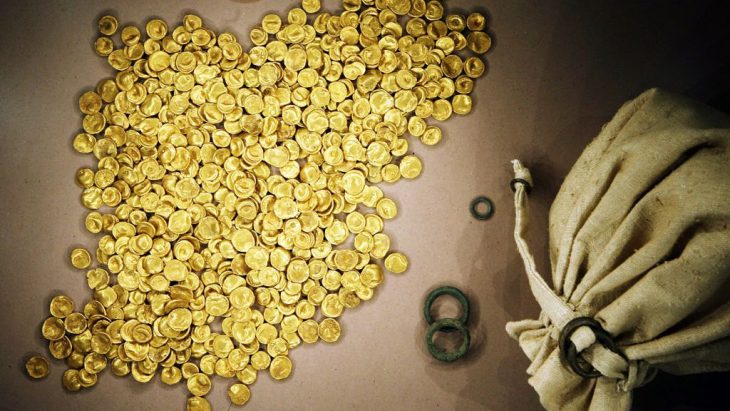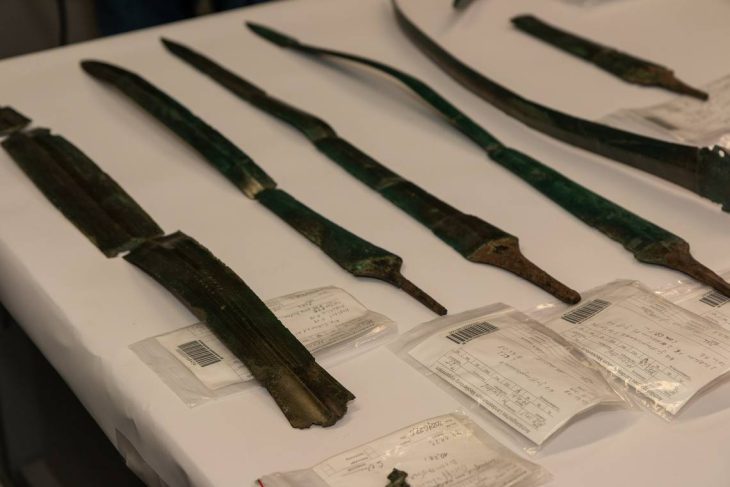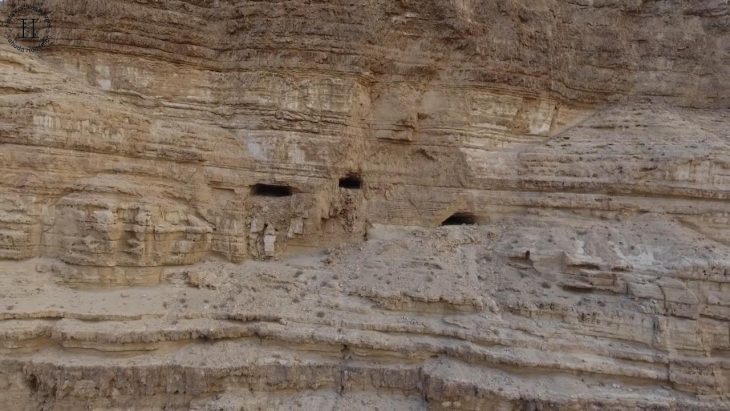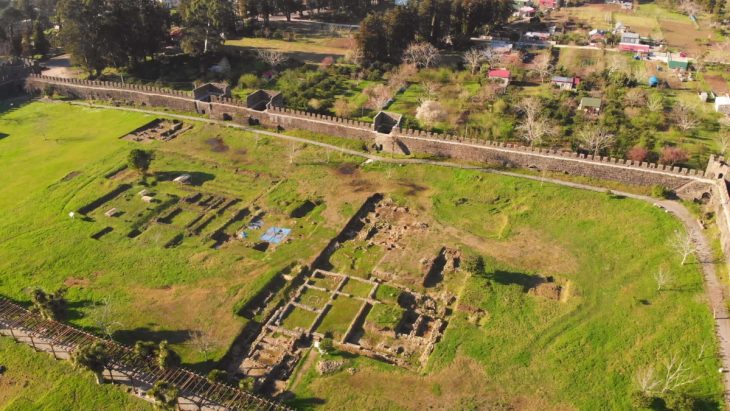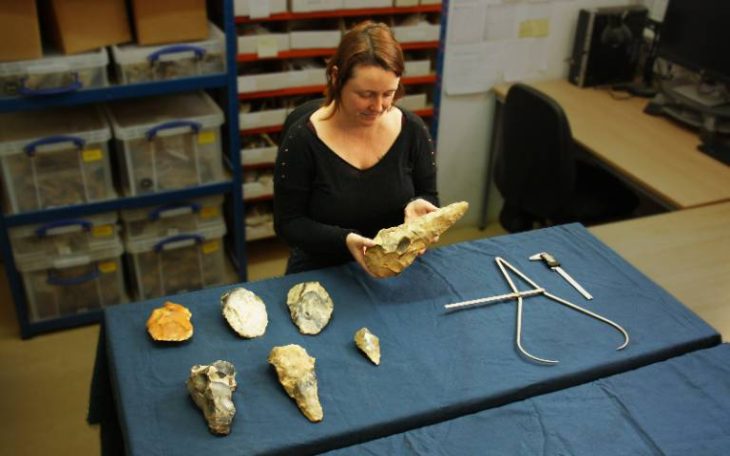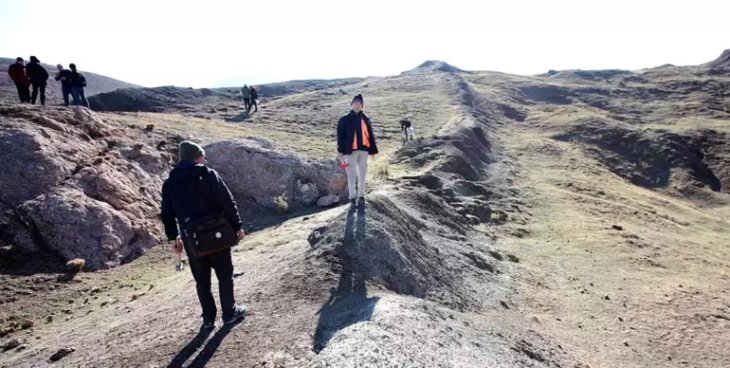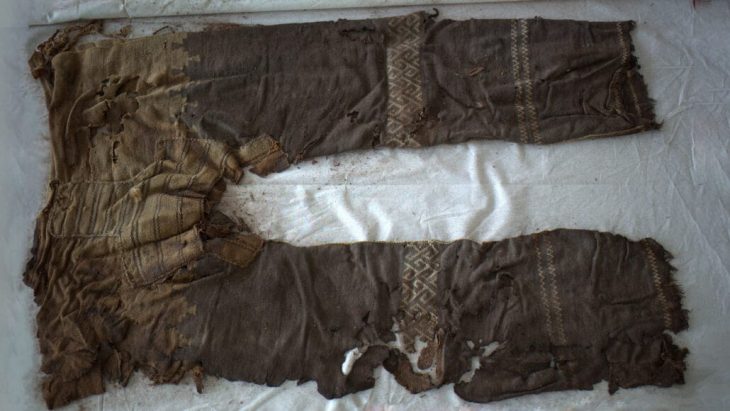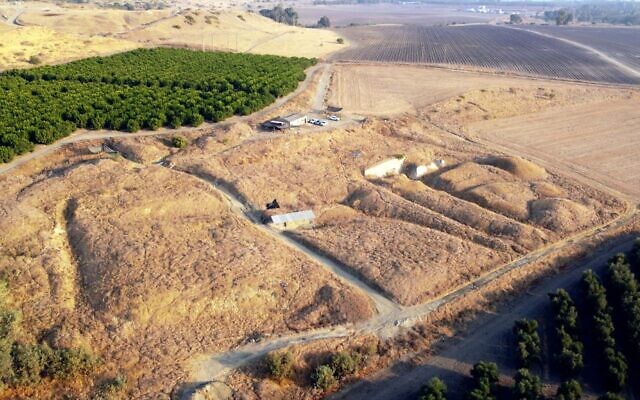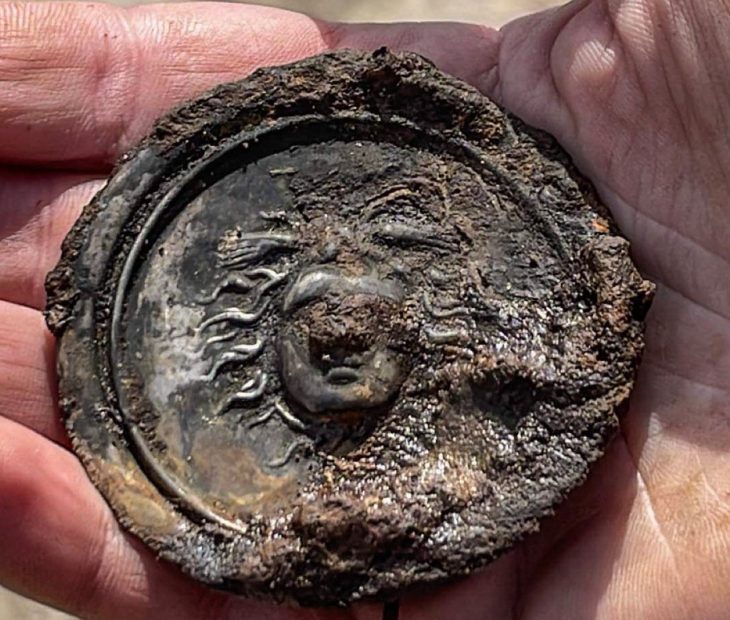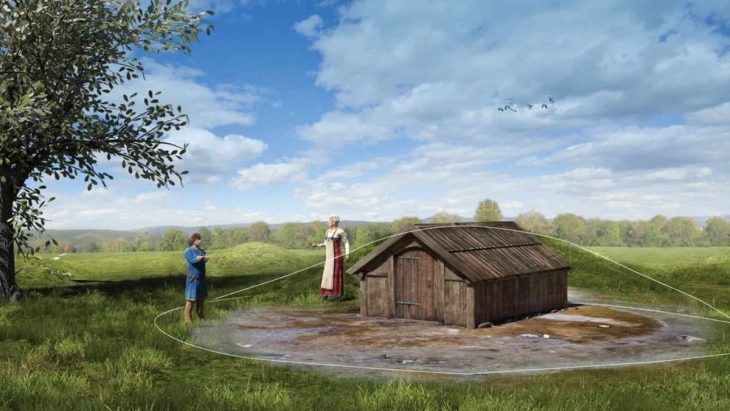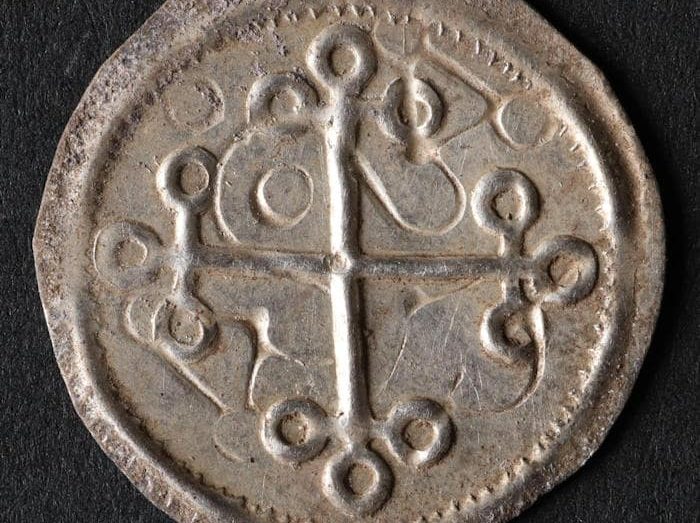İntact a tomb dating to the Punic period was found in Tarxien. The Superintendence of Cultural Heritage has announced the discovery of a complete skeleton and pottery remnants during the excavation of a Punic tomb in Gaxaq.
The rock-cut tomb was discovered during archaeological monitoring on a block of land slated for construction, near to other tombs unearthed in the 1990s along the Tal-Barrani Road, near the boundary of Għaxaq and Żejtun. It consisted of a rock-cut shaft and chamber tomb and was found sealed with a sealing slab.
The undisturbed tomb showed a room with a full set of burial accouterments, including numerous pristine and entirely undamaged urns.
The urns on the sides of the chamber still had ashes from cremation procedures and were accompanied by an amphora and numerous tiny jars that were thought to have housed burial items.
The dating of the tomb to the Punic period means that the find is likely to date back to some 2,000 years ago.
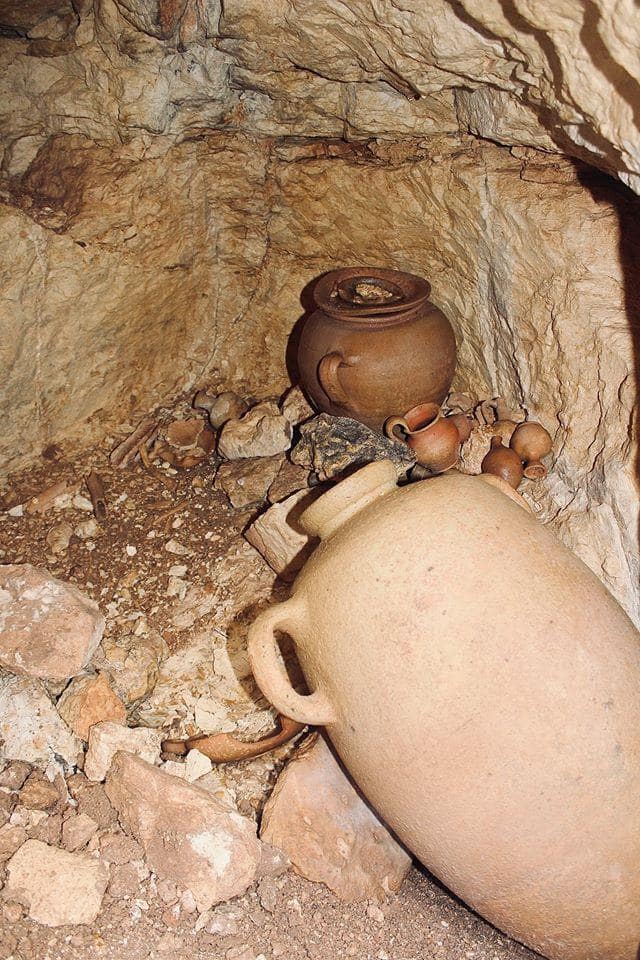
The SCH’s Heritage Data Management and Research Unit discovered a skeleton and ceramic containers within the tomb, which will be researched by osteologists to learn more about the deceased, such as whether they were male or female, how old they were when they died. Archaeologists will also examine the ceramics to determine the burial’s exact date.
The SCH said that the tomb has been documented and will be given protection in line with the 2019 Cultural Heritage Act. It will also be listed in the national inventory, adding further data in the understanding of the area’s archaeological landscape.
“The Consultations Unit within the Superintendence will continue to be vigilant with development applications in this area, as will the Monitoring Unit when directing monitoring surveillance work in the surrounding region through freelance archaeologists who monitor development works,” the SCH said.
In 1965, three Punic rock-cut tombs were uncovered in the Tal-Ħotba area on agricultural land while in 2009 a further 14 rock-cut tombs were discovered during initial construction works on a private hospital.
In 1993, a late Roman burial site was also discovered along Tal-Barrani in Żejtun, with two multi-chamber catacombs discovered intact only 10 metres apart.
Photo: Superintendence of Cultural Heritage

